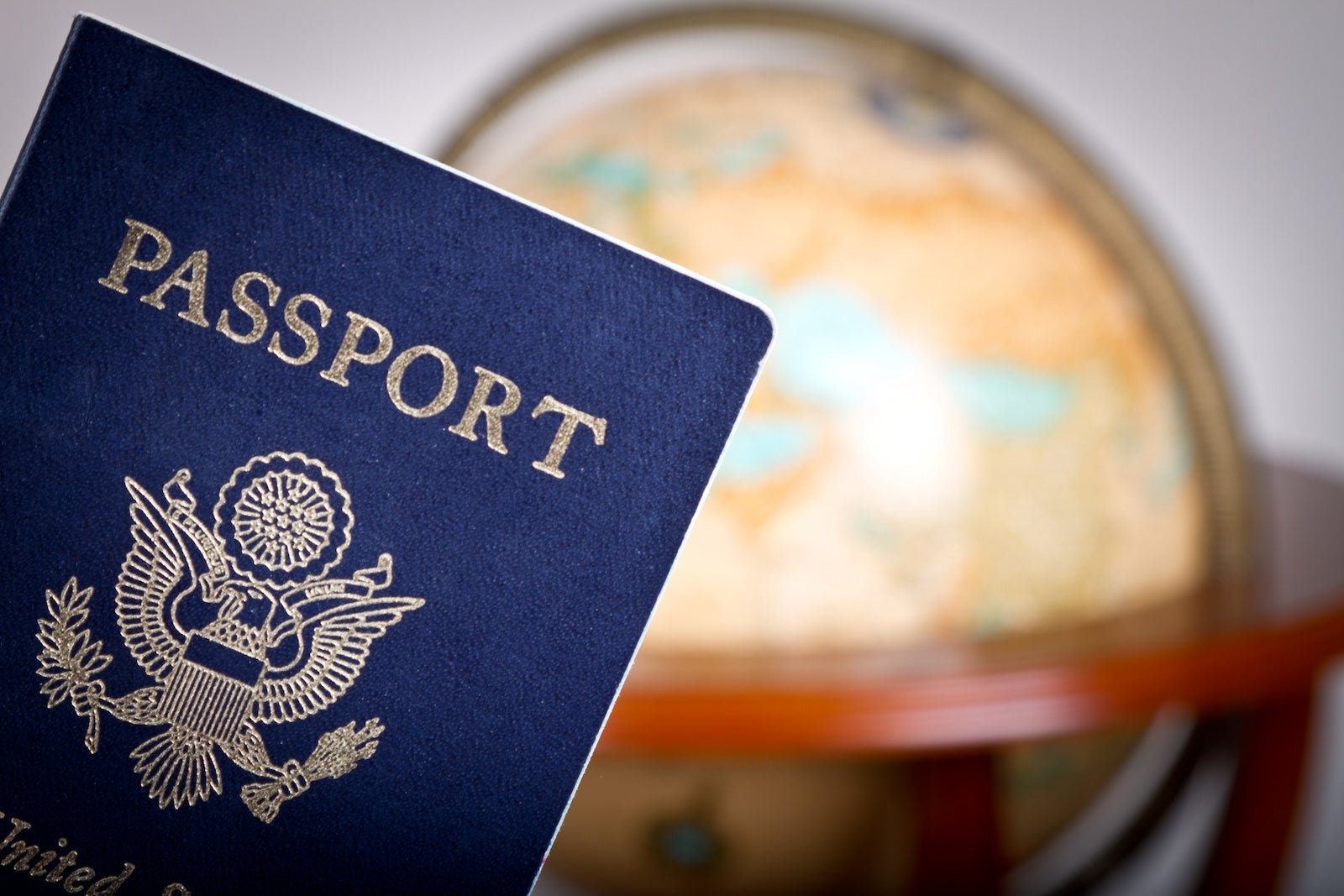When traveling abroad, the top concern for many Americans is safety. Whether it is due to ongoing conflict, special events such as the 2024 Paris Olympics, natural disasters like a volcano currently erupting in Iceland, or an uptick in crime, conditions of countries can change rapidly, affecting both travelers and locals. To help keep American travelers safe, the U.S. Department of State issues and maintains travel advisories for U.S. citizens based on current circumstances. These advisories can be particularly helpful for first-time and younger travelers, though the agency encourages all people to review them for their desired destination ahead of travel.
The travel advisories issued by the U.S. Department of State are based on a variety of information sources. While the warnings originate from the State Department and live on its website, they are a joint effort between the State Department’s Office of Overseas Citizens Services and U.S. consulates and embassies worldwide. The diplomats and consular officers on the ground in these countries have more up-to-date information than anyone in Washington, which allows for a more accurate assessment of the situation.
The government considers nine risk factors in determining the level at which each country’s advisory should be set. These risk factors include crime, terrorism, civil unrest, health risks, natural disasters, time-limited events, kidnapping or hostage taking, wrongful detention, and other potential risks not covered by previous indicators. By evaluating these factors, the agency assigns each country a Level 1 to 4 tiered warning, with Level 1 being the lowest level and Level 4 being the highest.
Level 1 advisories indicate that travelers should exercise normal precautions. These countries are among the safest for Americans to visit, but there is always some level of risk involved in travel. Level 2 advisories suggest increased caution, as there are heightened safety or security risks in these countries. However, these risks are not likely to preclude travel. Level 3 advisories advise travelers to reconsider their plans, as there are serious potential risks in the country. Level 4 advisories, the most serious, indicate that travelers should not visit designated countries or areas due to a greater threat of potentially life-threatening risks and limited resources to help Americans.
It is important to note that the travel advisories are not the only source of information for travelers. The State Department’s website also provides timely alerts from U.S. embassies and consulates, which can provide additional information and guidance. In some cases, the agency can provide “carve-outs” for specific areas or regions within a country. This is often the case with Mexico, where the U.S. has more consulates than any other country and can provide state-by-state travel advisory levels.
Data is the main source of information for crafting these advisories, but not all alerts can be created equally. Statistical data may be more readily available for certain countries compared to others. In cases where data is limited, the government relies on its embassies and consulates to provide information based on their on-the-ground knowledge and observations.
A Level 4 alert means that a country is deemed the most dangerous for U.S. citizens to travel to. The State Department strongly advises against travel to these countries and recommends that travelers consider other destinations. Limited consular or embassy services are available in these places, which can pose additional risks for American travelers.
The travel advisories are regularly updated, with Level 4 and Level 3 alerts being reviewed at least once every six months, and Level 1 and Level 2 alerts being examined at least once per year. However, if there are significant changes or precipitating events, the advisories can be updated earlier as needed.
In conclusion, safety is a top concern for many Americans when traveling abroad. The U.S. Department of State issues travel advisories based on a variety of factors to help keep American travelers informed and safe. These advisories provide valuable information and guidance for travelers, and it is important for all individuals to review them before embarking on their journeys. By staying informed and following the advice of the State Department, travelers can make more informed decisions and have a safer experience while abroad.

